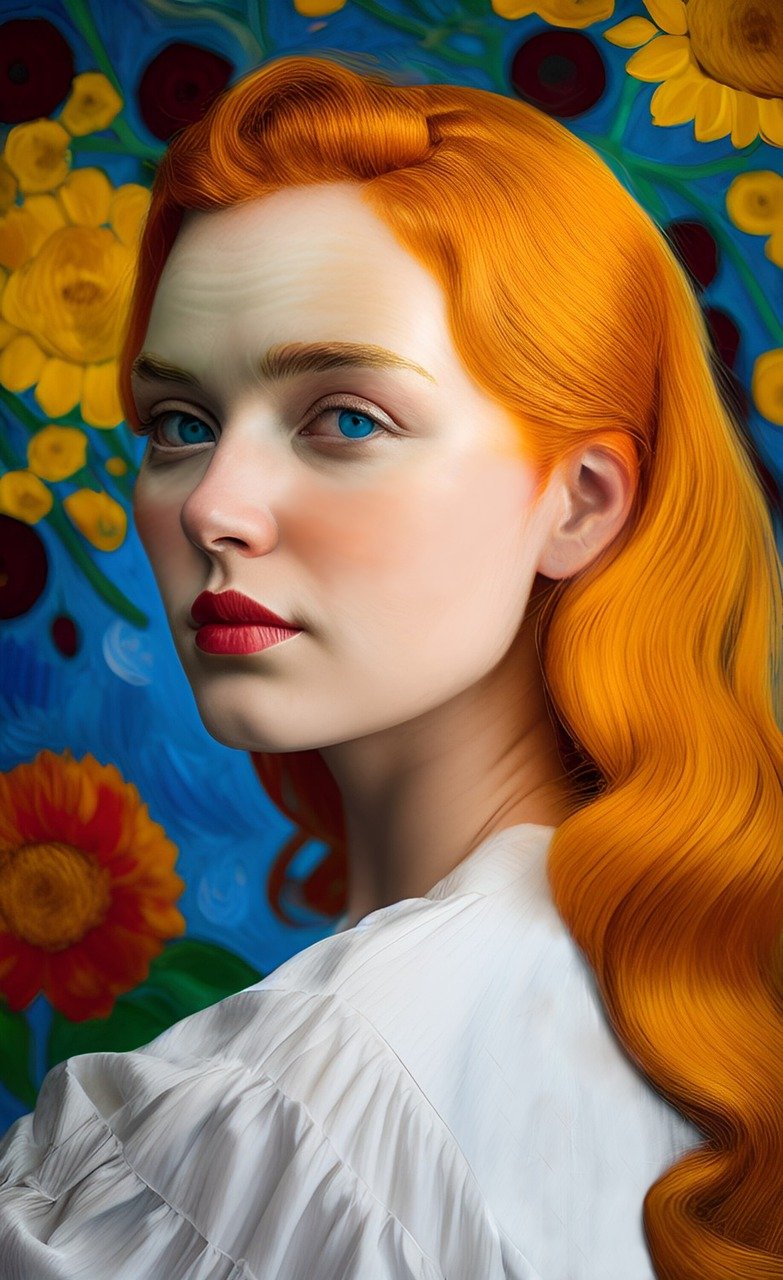Adobe Firefly Trained New AI Generator for Ethical Creation of AI Artwork

March 23, 2023
This Tuesday Adobe unveiled Firefly, its new AI image synthesis generator. Adobe claims that its Firefly engine, which can create new images from text descriptions, has been trained exclusively on legal and ethical sources, ensuring that its results are safe for commercial artists. Unlike other artificial intelligence art models such as Stable Diffusion and DALL-E. Although it will be directly integrated into Creative Cloud, the beta version is currently the only one available.
In the past year since image synthesis models became popular, the field has faced numerous challenges related to ethics and copyright. For example, the Stable Diffusion AI art generator gained the ability to produce images from textual descriptions. This was as a result of researchers training an AI model to analyze millions of images taken from the Internet. A considerable portion of these images, in fact, were copyrighted and acquired without the permission of the rights holders. Resulting in legal action and protests by the artists.
Adobe’s following legal actions
Adobe has found a way around these legal and ethical issues. It has developed, for this, an artificial generator that has been trained exclusively on Adobe Stock images. That is, publicly licensed content and public domain materials. This ensures that the content created is suitable for commercial use. Adobe provides more information in its press release:
“Adobe Firefly will be made up of multiple models, tailored to serve customers with a wide array of skillsets and technical backgrounds, working across a variety of different use cases. Adobe’s first model, trained on Adobe Stock images, openly licensed content and public domain content where copyright has expired, will focus on images and text effects and is designed to generate content safe for commercial use. Adobe Stock’s hundreds of millions of professional-grade, licensed images are among the highest quality in the market and help ensure Adobe Firefly won’t generate content based on other people’s or brands’ IP. Future Adobe Firefly models will leverage a variety of assets, technology and training data from Adobe and others. As other models are implemented, Adobe will continue to prioritize countering potential harmful bias.”
Furthermore, as part of its commitment to promote ethical AI practices, Adobe is enhancing its efforts with a “Do Not Train” label for creators who choose not to use their content for training models. According to Adobe, this label will always be attached to the content, regardless of its use, publication, or archiving.
Regarding its performance, Adobe Firefly appears to be comparable to OpenAI’s DALL-E, although Ars Technica has not yet evaluated its performance firsthand. Demos presented on Firefly’s website show several features, including “text to image” (generating unique images from a textual description), “text effects” (applying styles or textures with a text request), and “recolor vectors” (generating unique variations of a piece from a textual description).
Whether artists will adopt Firefly in their workflows remains to be seen. But this new AI model seems to be a positive development for advocates of AI ethics. As always, we must take Adobe’s claims with a grain of salt and will keep you informed as new information becomes available.
You may also like…
Adobe Premiere Pro: Some Templates You Need to Check Out



